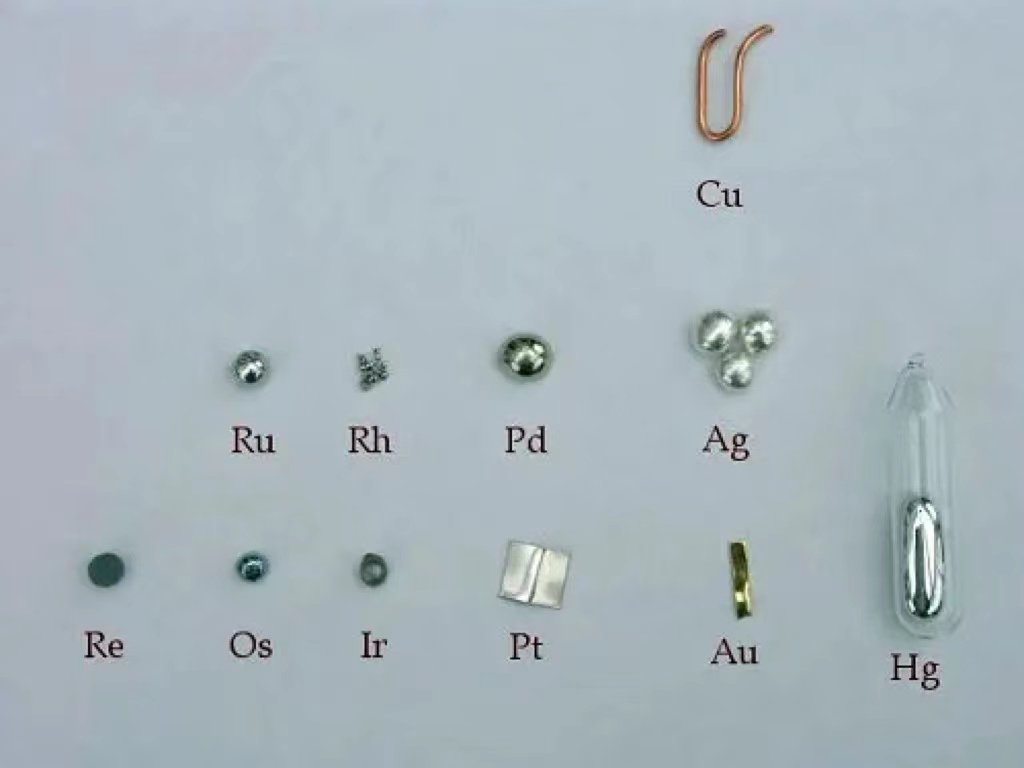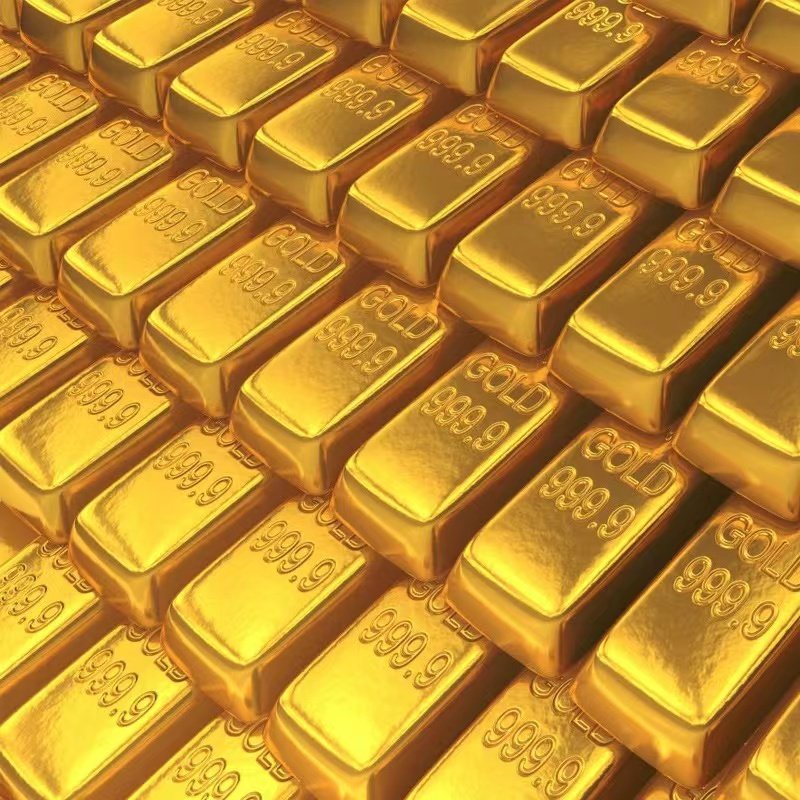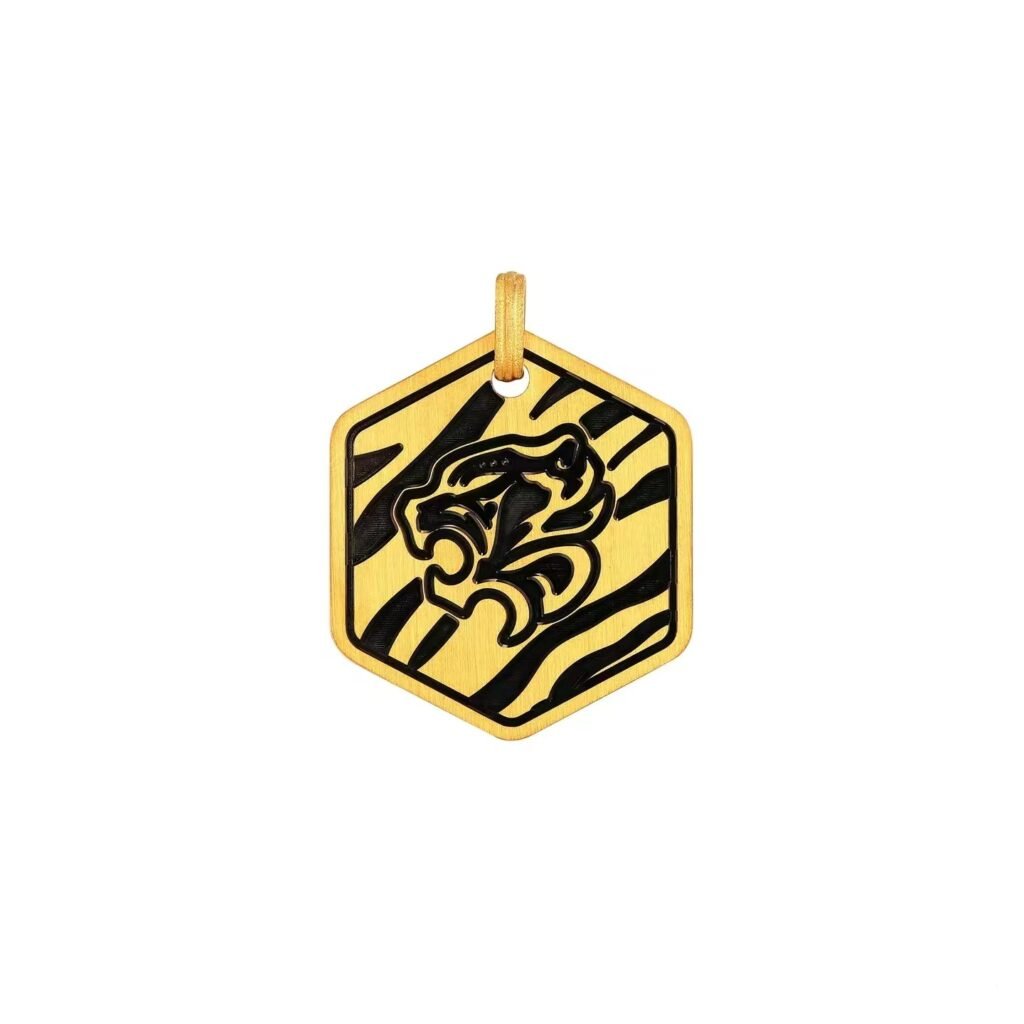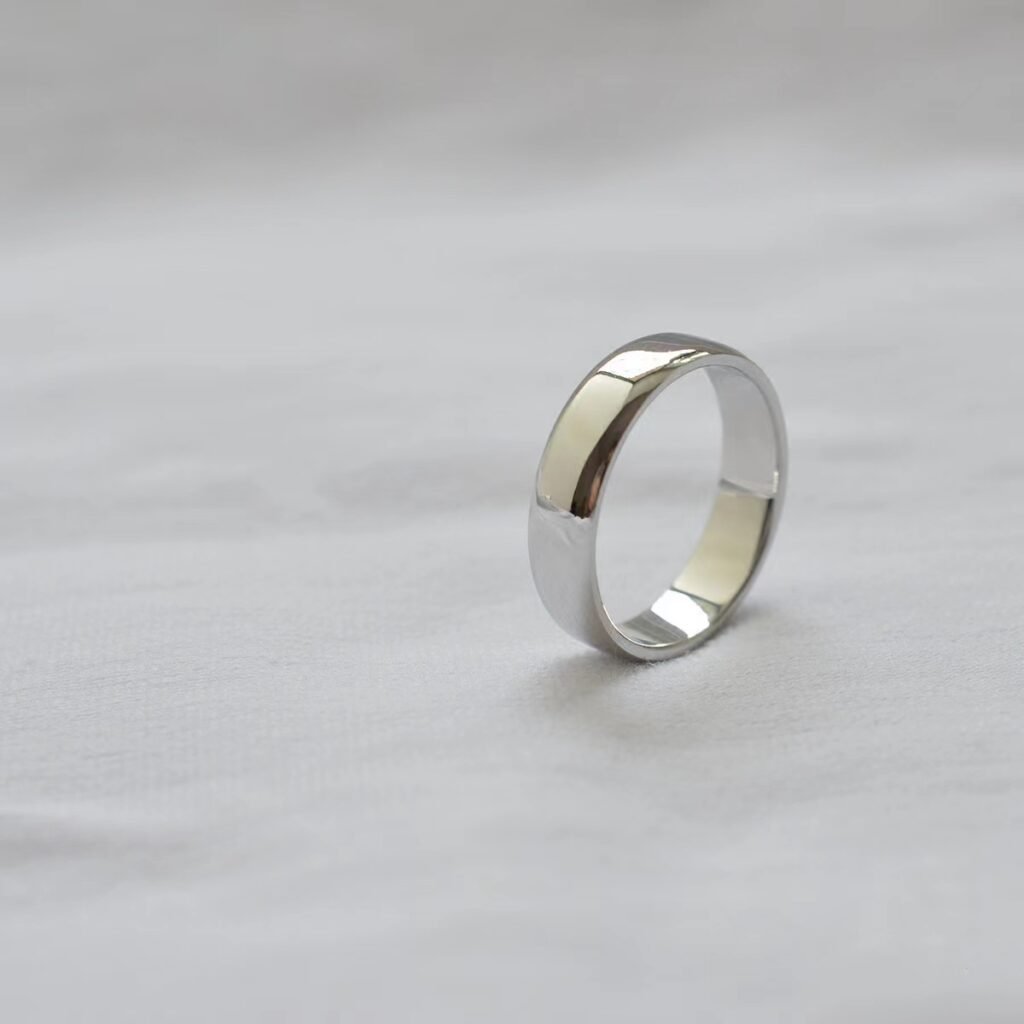
Precious metals are high-value metals widely recognized and used in the financial and jewelry industries. Mainly refers to gold, silver, platinum, palladium, ruthenium, rhodium, osmium, iridium, and other eight metal elements; most of these metals have a beautiful color, with strong chemical stability, general conditions are not easy to react with other chemical substances. Among them, gold, silver, platinum, and palladium are more common trading varieties in the investment market, and investors can invest in precious metals through spot or futures.
What are the typical precious metals?

Gold: Gold is one of the most common and widely known precious metals. It has high stability, corrosion resistance, and preciousness and is commonly used in jewelry, investment, and industrial fields.
Silver: Silver is the second most common precious metal. It has good electrical and thermal conductivity and is widely used in jewelry, tableware, investment, and industrial applications.
Platinum: Platinum is a rare and precious precious metal, and its price is usually higher than gold. It has a high degree of corrosion resistance and stability. It is commonly used in jewelry, industrial catalysts, and electronic devices.
Palladium: Palladium is also a rare precious metal, and the price is usually higher than platinum and gold. It has good heat resistance, corrosion resistance, and catalytic properties, mainly used in automotive catalytic converters, jewelry, and electronic equipment.
Rhodium: Rhodium is a rare and expensive precious metal. It has high corrosion resistance and reflective properties and is widely used in automotive catalytic converters, jewelry, and electronic devices.
Among the above precious metals, the most expensive is generally rhodium. Its price fluctuates widely in the financial market, depending on supply and demand and industrial demand. However, the cost of precious metals constantly changes, so the most expensive precious metals may change as market demand and other factors change.
Why is rhodium the most expensive precious metal?

Rhodium is a rare and expensive precious metal. Its price is usually higher than other precious metals due to its rarity, which is one of the most occasional elements in the Earth’s crust and exists in relatively small amounts. Rhodium is so rare in mineral deposits on Earth that it is difficult to extract and produce commercially. This scarcity leads to a relatively low supply, which pushes up the price of rhodium; However, rhodium is widely used in the industrial field, especially in the catalytic converter in the automotive industry. Rhodium’s catalytic properties enable it to reduce and convert harmful substances from vehicle emissions effectively. With the increase in global automobile production and the demand for environmental protection, the need for rhodium is also increasing, further pushing up the price of rhodium.
The relationship between supply and demand is one of the critical factors determining metal prices. Due to the relative scarcity of rhodium supply, demand continues to increase, resulting in a supply and demand gap in the market, pushing up the price of rhodium. At the same time, some investors use rhodium as part of their portfolios to hedge against inflation and diversify their investments. Increased investment demand is also having an impact on rhodium prices.
Why is rhodium metal rarely seen in everyday jewelry?

The application of rhodium in jewelry is relatively small, mainly because of the high cost and process limitations. On the one hand, rhodium is a costly precious metal, and its price is usually higher than other precious metals such as gold and silver. Due to cost constraints, rhodium is used relatively infrequently in jewelry. It is generally reserved for high-end and luxurious designs. Rhodium, on the other hand, has good corrosion resistance and stability. However, its processability in the jewelry-making process could be better. Its high melting point and hardness make the molding and manufacturing of rhodium more complex, requiring higher technical requirements and process treatment.
Although rhodium is used less in jewelry, its presence can still be seen in some specific designs. For example, rhodium is often used in Mosaic decoration, such as in combination with white gold, gold, or other precious metals, to create a unique contrast effect. The white luster of rhodium can increase the brightness and sparkle of jewelry. Rhodium can also make details and ornamentation, such as engravings or decorative patterns. Its stability and corrosion resistance make it a reliable choice for adding complexity and uniqueness to jewelry designs.
Demand determines the market, and price affects order; because rhodium is expensive and difficult to process, the use of rhodium in jewelry is relatively tiny. Gold, silver, and platinum are more common than rhodium and widely used in jewelry.